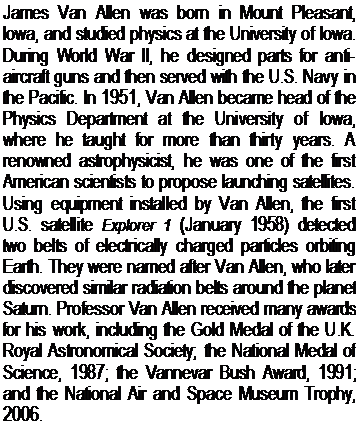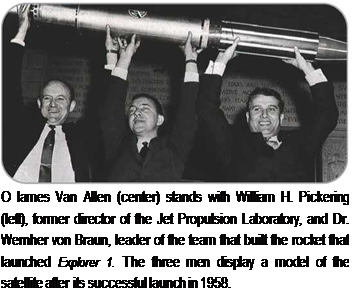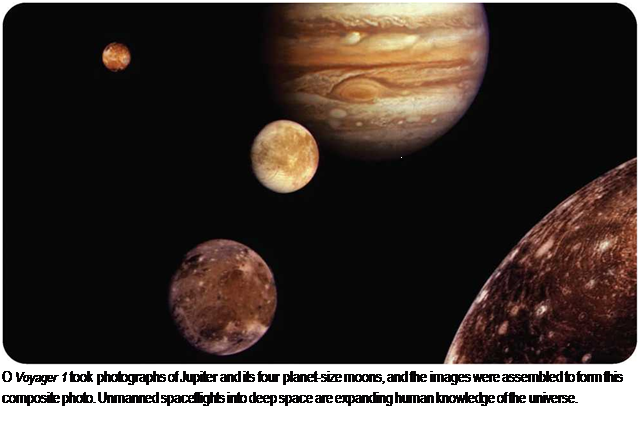. Pioneers of Spaceflight
Spaceflight began in the middle of the twentieth century, but scientists and writers had imagined the possibility long before. In the seventeenth century, physicist Sir Isaac Newton set out laws of motion that determine the way in which objects move through space. Fantasies about space travel came from science-fiction writers such as Jules Verne. In his 1865 book From the Earth to the Moon, Verne wrote of people flying to the Moon in a capsule fired from a huge cannon. In 1898, H. G. Wells imagined Martian spacecraft invading Earth in The War of the Worlds. At this time, people could only study the Moon and Mars by peering through optical telescopes, and there were many fanciful notions about alien life-forms on distant worlds.

 Russian teacher Konstantin Tsiolkovsky (1857-1935) figured out the mathematical principles of spaceflight by rockets. In 1923, Hermann Oberth (1894-1989) wrote The Rocket into Planetary Space, a book that predicted spaceflight.
Russian teacher Konstantin Tsiolkovsky (1857-1935) figured out the mathematical principles of spaceflight by rockets. In 1923, Hermann Oberth (1894-1989) wrote The Rocket into Planetary Space, a book that predicted spaceflight.
 |
Johannes Winkler Oberth (1897-1947), along with other German enthusiasts, formed the Society for Space Travel. One of its members was Wernher von Braun (1912-1977), who helped design the V-2 rocket of World War II and later worked on the U. S. space program. In 1926, American Robert H. Goddard (1882-1945) launched the world’s first liquid-fuel rocket.
The American Interplanetary Society was founded in 1930 by G. Edward Pendray, David Lasser, Laurence Manning, and others. In 1934, it became known as the American Rocket Society.
In 1963, it became part of the American Institute of Aeronautics and Astronautics. The American Rocket Society and the British Interplanetary Society both helped stimulate public interest in spaceflight and encouraged test flights of rockets at a time when governments had little interest in spaceflight.










